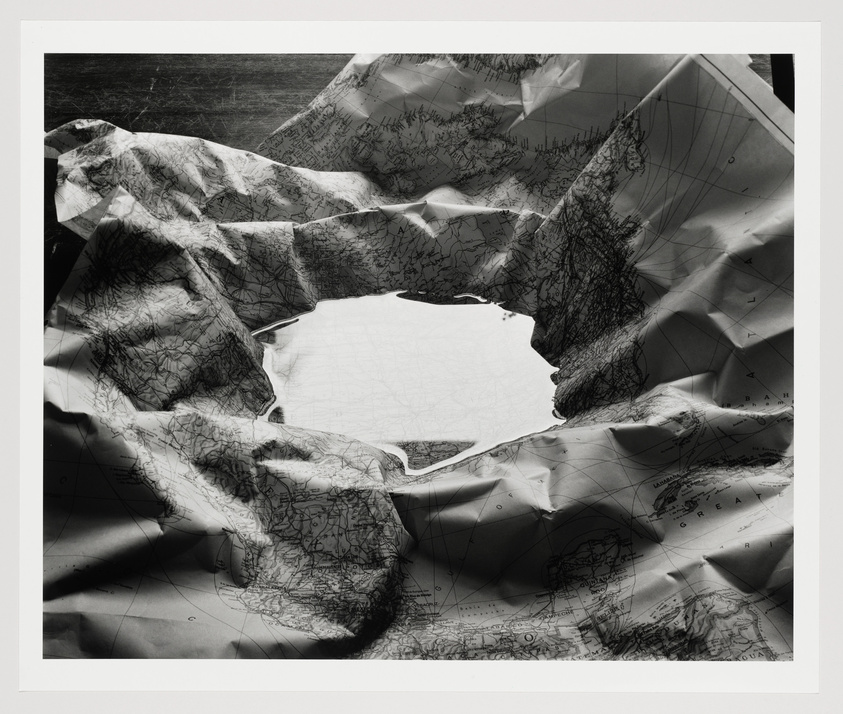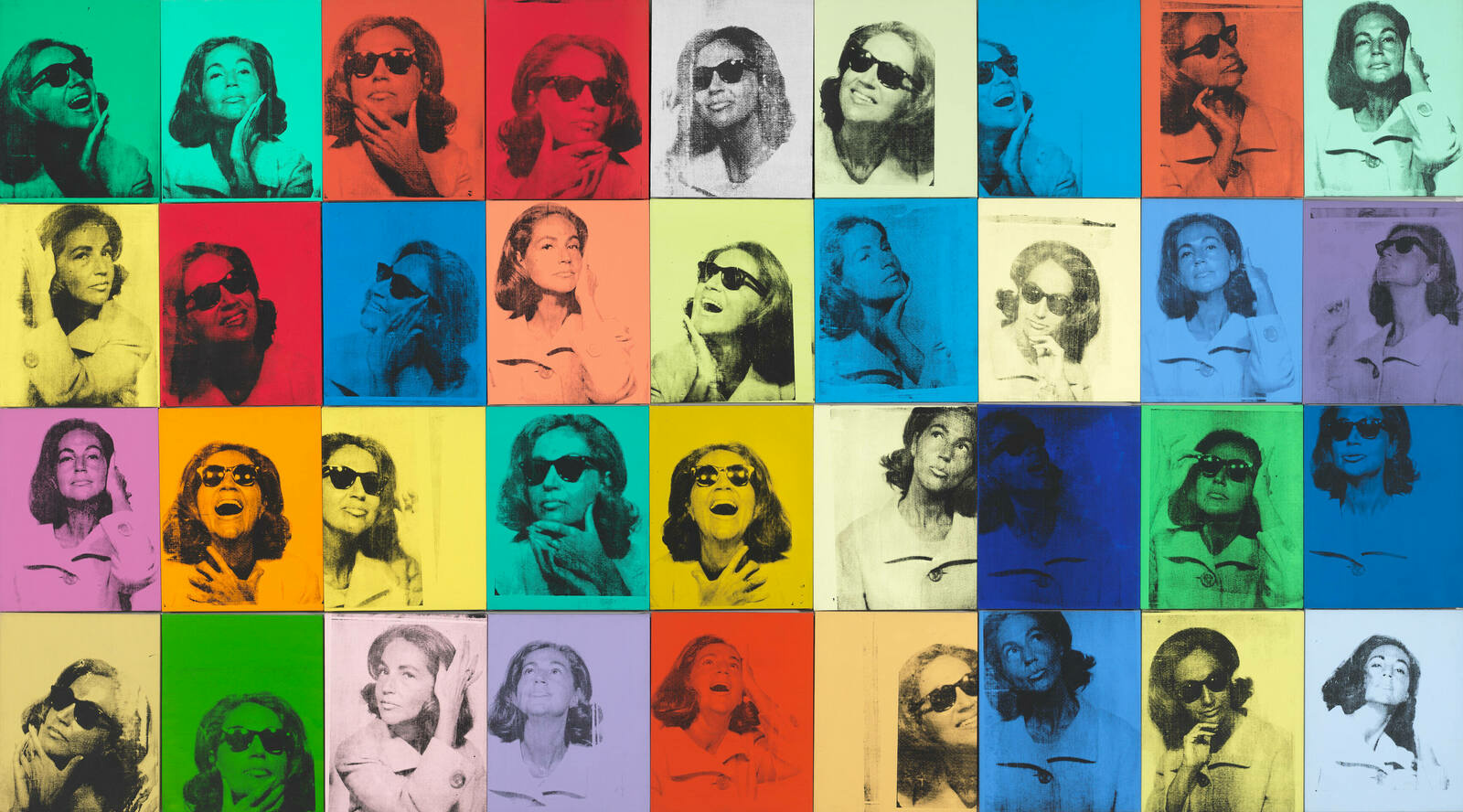Marcel Duchamp
1887–1968
Introduction
Henri-Robert-Marcel Duchamp (UK: , US: ; French: [maʁsɛl dyʃɑ̃]; 28 July 1887 – 2 October 1968) was a French painter, sculptor, chess player, and writer whose work is associated with Cubism, Dada, and conceptual art. He is commonly regarded, along with Pablo Picasso and Henri Matisse, as one of the three artists who helped to define the revolutionary developments in the plastic arts in the opening decades of the 20th century, responsible for significant developments in painting and sculpture. He has had an immense impact on 20th- and 21st-century art, and a seminal influence on the development of conceptual art. By the time of World War I, he had rejected the work of many of his fellow artists (such as Henri Matisse) as "retinal", intended only to please the eye. Instead, he wanted to use art to serve the mind.
Wikidata identifier
Q5912
Information from Wikipedia, made available under the Creative Commons Attribution-ShareAlike License. Accessed October 29, 2024.
Introduction
French painter, sculptor, and theorist whose work and ideas have served as a starting point for a conceptual approach to art. By refusing to accept the standards and practices of the established art world, Duchamp redefined our understanding of what constitutes an art object. Duchamp was born into a family of artists, and by the age of 15, he turned to painting, executing a series of landscapes in the Impressionist style. From 1910, Duchamp emulated the structural compositions and brushstrokes of Cézanne, and used an intense color palette reminiscent of The Fauves. While living with his brother in Puteaux, a suburb of Paris, Duchamp came in contact with a host of avant-garde writers and poets, notably Léger, Apollinaire, and Kupka, and as a result his painting shifted to incorporate the fragmented style of Cubism. This exposure to Cubism, along with his interest in the photographic sequences of Eadweard Muybridge resulted in the work, "Nude Descending a Staircase No. 2" (1912). Duchamp tried to show the work at the Salon des Indepéndants in Paris, but the title, inscribed on the canvas, was objected to and he withdrew his submission. When it was shown at the Armory Show in New York in 1913, the work gained critical opposition and his name and reputation became forever associated with it. In 1913, Duchamp began to abandon the traditional tools and techniques of painting, attempting to elevate art and the art making process above the purely visual and commercial. During this time, he came in contact with the writing of obscure German philosopher Max Stirner, who believed that the right of an individual was to be held supreme, considered above and beyond the needs of society. It is believed that Duchamp took that notion and applied it to the art object, investigating the possibility of making works of art that were not motivated by aesthetic conditions. It was during this time that he created "Bicycle Wheel," a work created from an inverted bicycle wheel mounted to the seat of a stool. This was one of the first of what he referred to as a "ready-made," a work of art that is deemed so simply through the selection of the artist. In 1915, Duchamp created "The Bride Stripped Bare by Her Bachelors, Even" (1915-1923) comprised of two large sheets of painted glass in two sections. The "Bride," an anthropomorphic shape, is confined to he top section, and "the bachelors," a composite machine made from a glider and a chocolate grinder at the bottom. The work explores themes of sexual opposition, geometry, physics, and the existing factors of chance. Accompanying the "Glass" was a large series of notes, to be consulted as a type of guide. During the teens and 1920s, Duchamp continued to create "ready-mades," giving them ambiguous titles. From 1923-1942, excluding brief trips to the USA, he remained in France where his interest in chess became increasingly more important than creating art. He maintained a low profile in the art world, even though he participated in various Dada and Surrealist exhibitions in Paris and New York. From 1942-1968, Duchamp lived in New York. For 22 years he worked on, and kept secret, his final work, "Etant donnés: 1 La Chute d'Eau, 2 La Gaz d' éclairage," a three-dimensional installation. Duchamp exerted little influence on the work of his contemporaries, but following the installation of his work in the Arensberg Collection in the Philadelphia Museum of Art in 1954, he became a cult figure among the avant-garde, both in Europe and the USA. Subsequently, he has been seen as perhaps the most important figure to affect the shift towards conceptual art in the late 20th century.
Country of birth
France
Roles
Artist, assemblage artist, graphic artist, mixed-media artist, object artist, painter, photographer, sculptor, theorist, writer
ULAN identifier
500115393
Names
Marcel Duchamp, Henri Robert Marcel Duchamp, Henri-Robert-Marcel Duchamp, Marcel Duchamp-Villon, Marsel Dushan, Duxiang, R. Mutt, Rose Sélavy, Rrose Sélavy, Marcel Duchamp- Villon, デユシヤンマルセル
Information from the Getty Research Institute's Union List of Artist Names ® (ULAN), made available under the ODC Attribution License. Accessed October 29, 2024.


